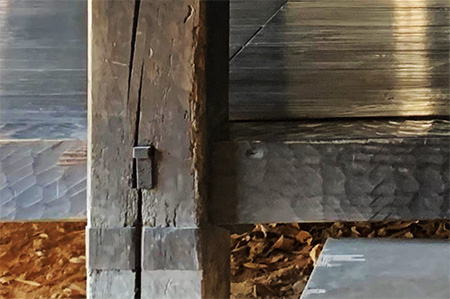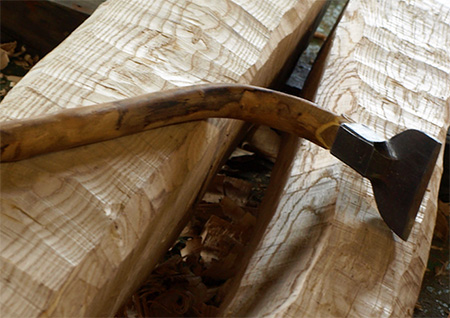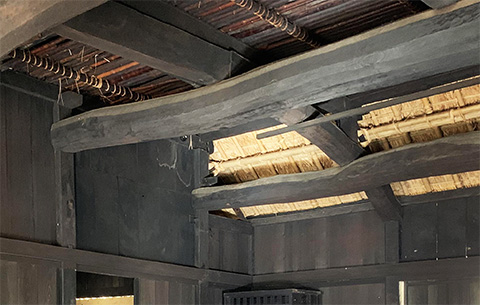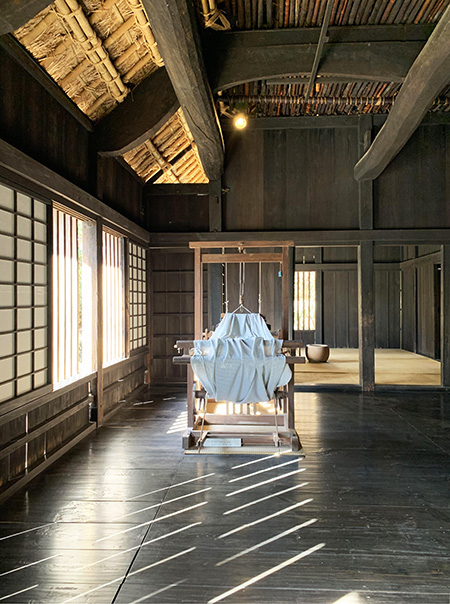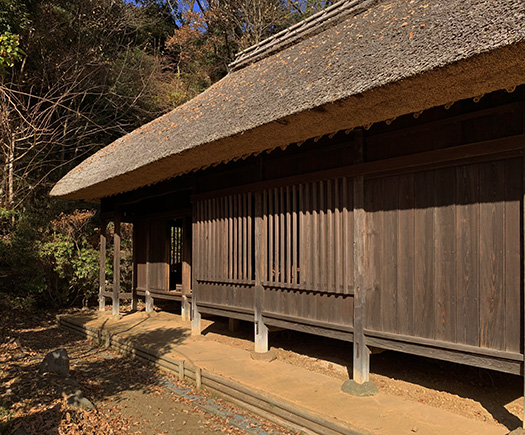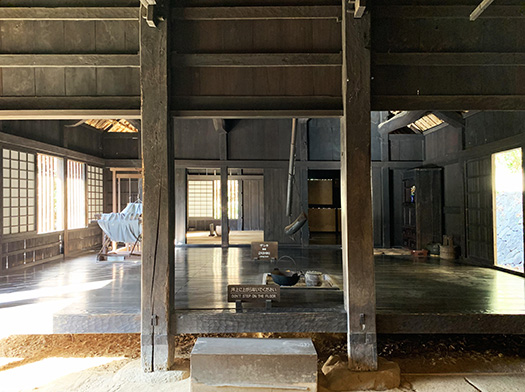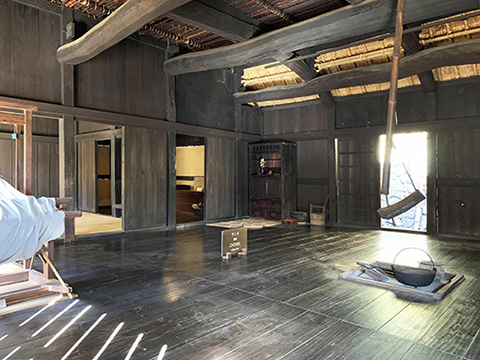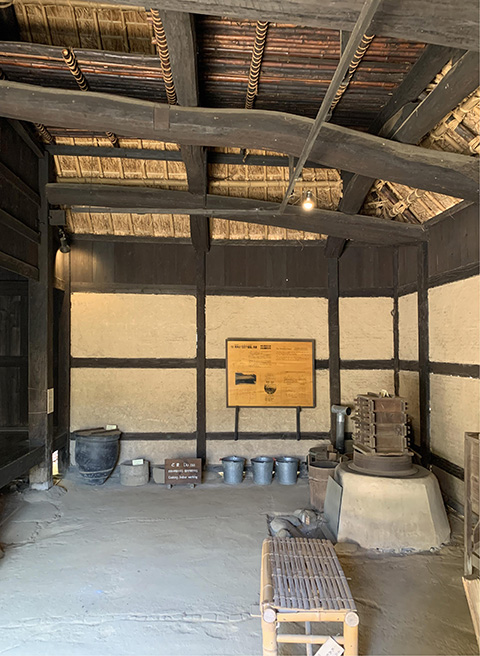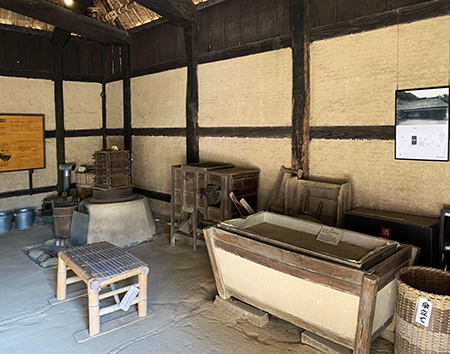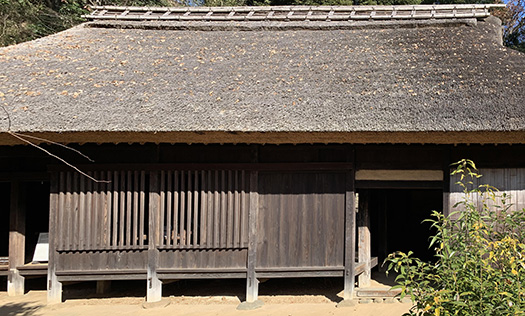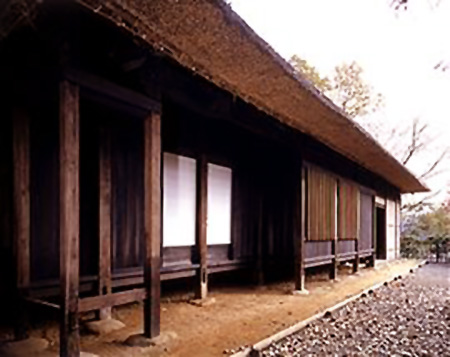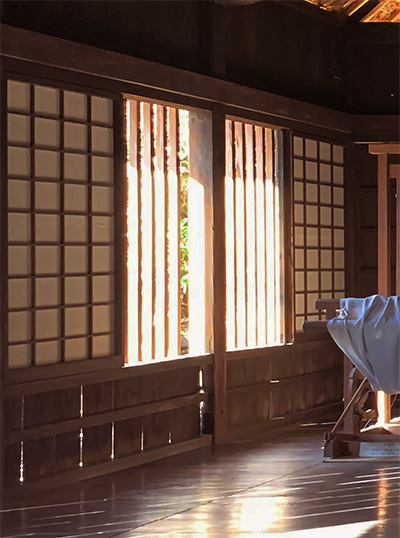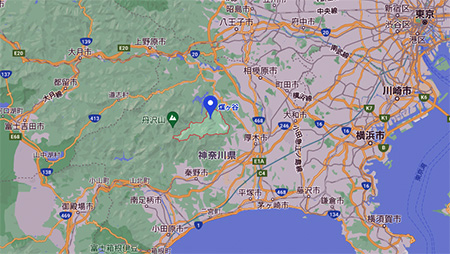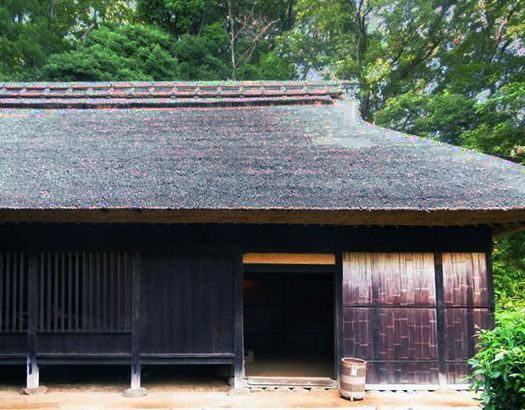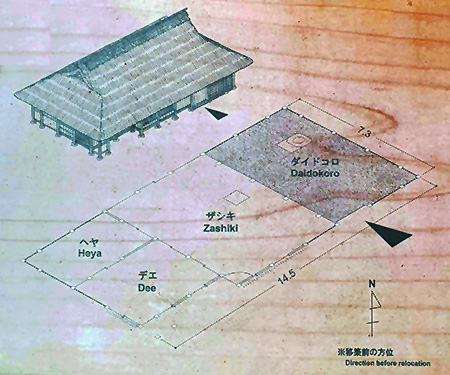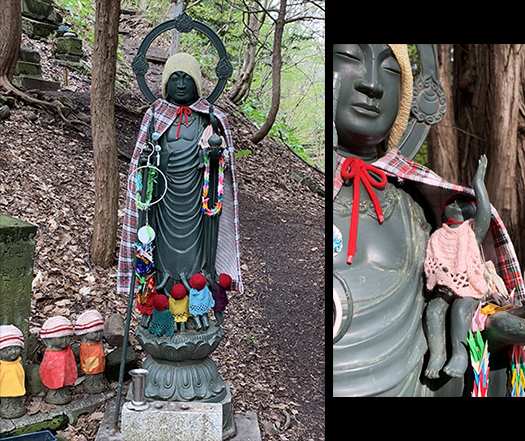
さて春たけなわとなってきた北海道札幌の自然であります。
わたしの毎日の散歩も距離が伸びてきて、
朝のウチの1.5時間ほどで10,000歩超、だいたい1.2万歩ほど。
年寄りには早朝の時間はなによりもありがたい時間なので、
このブログを最終チェックしてアップ後、出掛けております。
大きくは2コースで一方が北海道神宮〜円山自然林跋渉コース。
神宮に参拝後、公園緑地を経て自然林を登山口方向へ。
そうすると毎朝、ごらんの観音様が見守っていただける。
ここで左に曲がると登山コースになるのですが、
わたしはこの右側を通り抜けて渓流沿いのコースに向かいます。
いつのころからか、観音さん(って、思っていますが名は知らない)には
市民有志がコートを掛けてあげたりしております。
そのコートに隠れてよく見えなかったのですが、
この慈母観音さんの左腕には小さな子どもが抱えられている。
また、足下には子どもたちが彼女を慕ってまつわりついている。
名前も知らないのに勝手に「慈母」観音と呼んでいる由縁です。
円山は「八十八ヵ所」という四国を習った観音像が鎮座されているのです。
彼女はそのなかのどれかになるようなのですが、
真言宗が宗旨でありながら、罰当たりにもまったく知りません(笑)。
しかし毎日ご尊顔を拝して、
おお、きょうも元気にお会いできたぞ、と自分を顧みられる。
そういう内心での句読点とさせていただいております。
南無大師遍照金剛・・・南無大師遍照金剛・・・。
English version⬇
[Ms. Kannon, “Jibo” at the entrance to Maruyama, Sapporo]
By the way, it is the nature of Sapporo, Hokkaido, which has become a spring season.
The distance of my daily walk is increasing,
Over 10,000 steps in about 1.5 hours in the morning, about 12,000 steps.
Early morning hours are most appreciated by the elderly, so
After checking this blog for the last time and uploading it, I will go out.
There are two major courses, one of which is from Hokkaido Jingu Shrine to Maruyama Natural Forest.
After worshiping at the Jingu, go through the park green space and head toward the trailhead in the natural forest.
Then, every morning, you can watch Kannon-sama.
If you turn left here, it will be a mountain climbing course.
I will go through this right side to the course along the mountain stream.
For some time, Kannon-san (I think, but I don’t know the name)
Citizen volunteers hang coats.
I couldn’t see it well because I was hiding in that coat,
A small child is held in the left arm of this Jibo Kannon.
In addition, children are enthusiastic about her at her feet.
Even though I don’t know her name, I call her “Jibo” Kannon without permission.
In Maruyama, a statue of Kannon who learned Shikoku called “88 places” is enshrined.
She seems to be one of them,
Although Shingon Buddhism is a sect, I don’t know anything about punishment (laughs).
But she worships her every day,
She looks after her, oh, she’s seen well today.
She uses that kind of inward punctuation as a punctuation mark.
Nanmu Daishi Henjo Kongo … Nanmu Daishi Henjo Kongo …
Posted on 5月 10th, 2021 by 三木 奎吾
Filed under: 「都市の快適」研究, こちら発行人です | No Comments »


